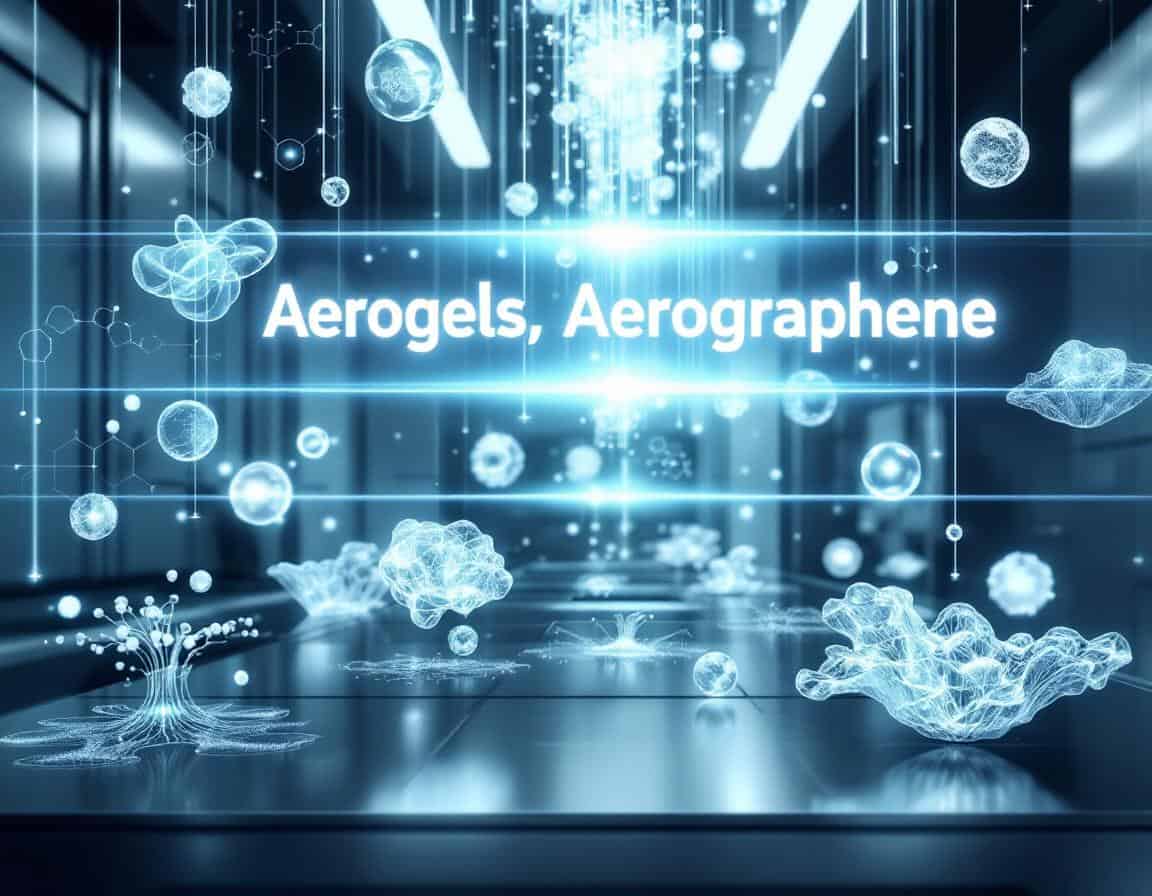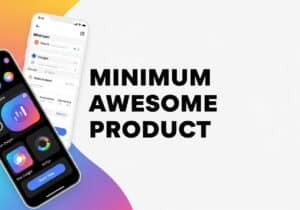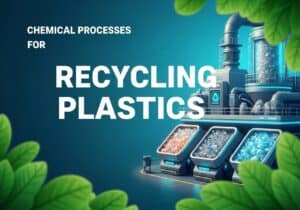This is our latest selection of worldwide publications and patents in english on Aerogels and Aerographene, between many scientific online journals, classified and focused on aerogel, aerographene, sol–gel process, supercritical drying, graphene aerogel, lyophilization, reduced graphene oxide aerogel, rGO aerogel, freeze-drying, pore size distribution, supercritical dry, graphene oxide aerogel (GOA) and tunable porosity.
Publication: no recent news on this particular topic. Please try the extensive manual search in the Publication Database linked just above.
Pourous carbon-based material for lead-acid battery
Patent published on the 2025-06-19 in WO under Ref WO2025125975 by AMIRKABIR UNIV OF TECHNOLOGY [IR] (Ghazitabar Arash [ir], Naderi Malek [ir])
Abstract: A porous carbon-based material for a positive electrode construction of a lead-acid battery comprises a graphene aerogel with an average pore size in a range of 10-20 nm which is cross- linked with a combination of magnesium and zinc ions and doped with a combination of nitrogen and boron atoms and a porous carbon-based material for a negative electrode construction of a lead-acid battery comprises a graphene aerogel with an average pore size in a range of 15-30 nm which is cross-linked with a c[...]
Our summary: Enhanced lead-acid battery lifespan and performance with porous carbon-based materials for positive and negative electrodes.
porous carbon-based material, lead-acid battery, graphene aerogel, electrode construction
Patent
Composite rotator cuff patch and preparation method therefor
Patent published on the 2025-06-12 in WO under Ref WO2025118346 by GUANHAO BIOTECH CO LTD [CN] (Mo Ziru [cn])
Abstract: Disclosed in the present application are a composite rotator cuff patch and a preparation method therefor. The composite rotator cuff patch is divided into an electrospun layer and a collagen layer. An electrospun nanofiber membrane is coated with a layer of cross-linked collagen gel, and then composite freeze-drying is carried out to obtain the composite rotator cuff patch of the present application. The rotator cuff patch has good biocompatibility and proper tissue adhesion, does not require s[...]
Our summary: Composite rotator cuff patch with electrospun and collagen layers, prepared by composite freeze-drying for good biocompatibility and tissue adhesion, no sutures needed for fixation, degrades in vivo without postoperative removal.
composite, rotator cuff, patch, preparation
Patent












Related Posts
45+ Science Tricks for Games and Marketing: Data-Driven and Statistical Tricks
Use or Abuse 25 Cognitive Biases in Product Design and Manufacturing
Revised NIOSH Lifting Equation in Bench Ergonomics
Dark Web vs Darknet vs Deep Web: 101 & More
Latest Publications & Patents on Cellular Automata
Darknet Tools For Engineering And Science